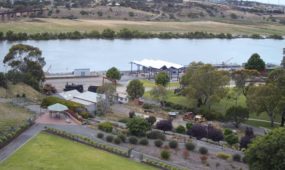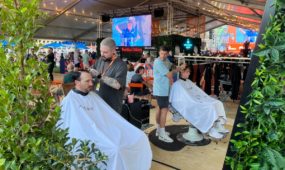South Australia to host major Botanic Gardens congress
Tourism
Climate change, saving threatened plant species and keeping gardens relevant in a modern world will be among issues tackled when plant scientists, botanists, administrators and educators from around the world meet in Adelaide next week.

Sign up to receive notifications about new stories in this category.
Thank you for subscribing to story notifications.
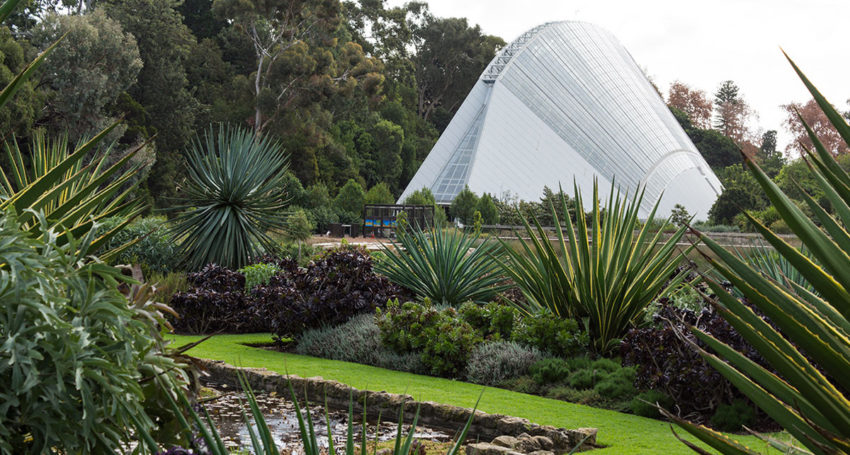
The South Australian capital will host the Botanic Gardens Australia and New Zealand (BGANZ) Biennial Congress at the National Wine Centre, which adjoins the Adelaide Botanic Garden.
More than 100 delegates from a diverse range of disciplines and from as far afield as Malaysia, Papua New Guinea and the United Kingdom will attend the October 22-25 congress with the theme Preservation: Exploring and Adapting.
Adelaide Botanic Garden Director Lucy Sutherland said it was the first time the congress had been held in Adelaide and provided an excellent opportunity for South Australia to showcase its gardens.
She said winning the bid to host the congress was an opportunity for delegates to see things unique to the Adelaide Botanic Garden such as the Santos Museum of Economic Botany – the last of its kind in the world.
Delegates will tour the Adelaide Botanic Garden on Sunday and have the opportunity to go on field trips to the Mount Lofty Botanic Garden in the Adelaide Hills, Currency Creek Eucalypt Arboretum and the Wittunga Botanic Garden in Blackwood.
Sustainable water use and the impact of climate change on botanic gardens will be among a range of topics up for discussion.
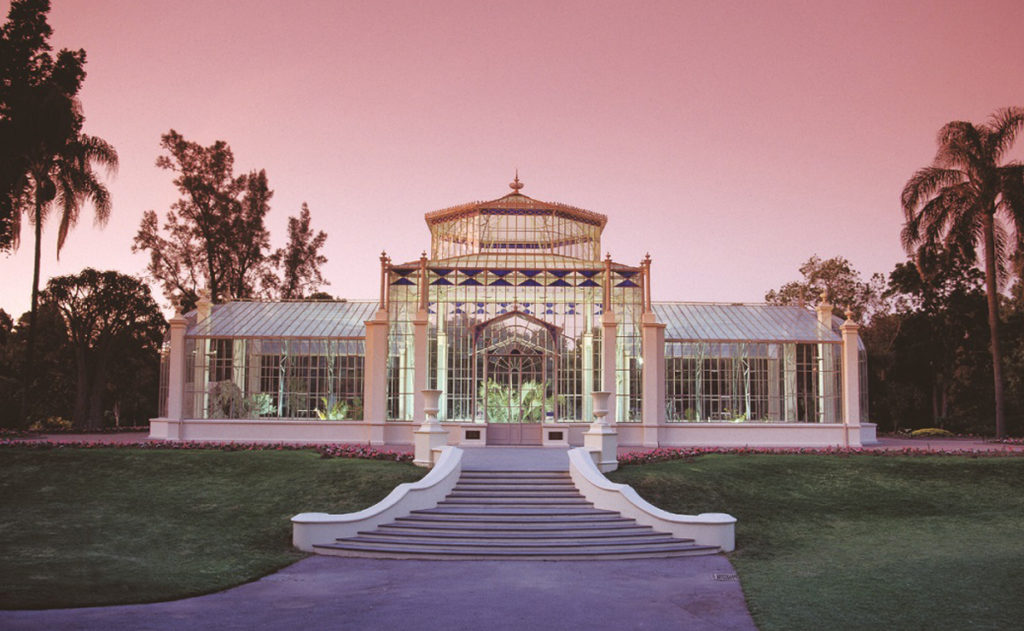
The Adelaide Botanic Garden’s Palm House at sunset.
“A number of the challenges we face other botanic gardens also face so it is always nice to see what others are doing about it,” Dr Sutherland said.
“Adelaide, Sydney and Melbourne all have collections that contain a number of European species so as we go to a hotter, drier climate the current collections we have are going to be really challenged.
“Managing water use is a challenge for any botanic garden – our collections are living and all require water so one of the things people will be very interested in is our First Creek Wetland.”
The wetland project began in 2013 and captures stormwater from First Creek, which runs through the Adelaide Botanic Garden. Up to 100-megalitres a year is captured and pumped into an underground aquifer where it mixes with saline groundwater. The water will take between five and eight years to dilute to the point where it is suitable for use, meaning it will be another one or two years until it is ready to irrigate the garden. The recycled water aims to replace all potable irrigation water in the 27ha garden.
Keynote speakers at the congress include Papua New Guinea National Botanic Garden Curator Michael Lovave, Oxford University Extraordinary Professor David Mabberley and Botanic Gardens Conservation International Secretary General Paul Smith.
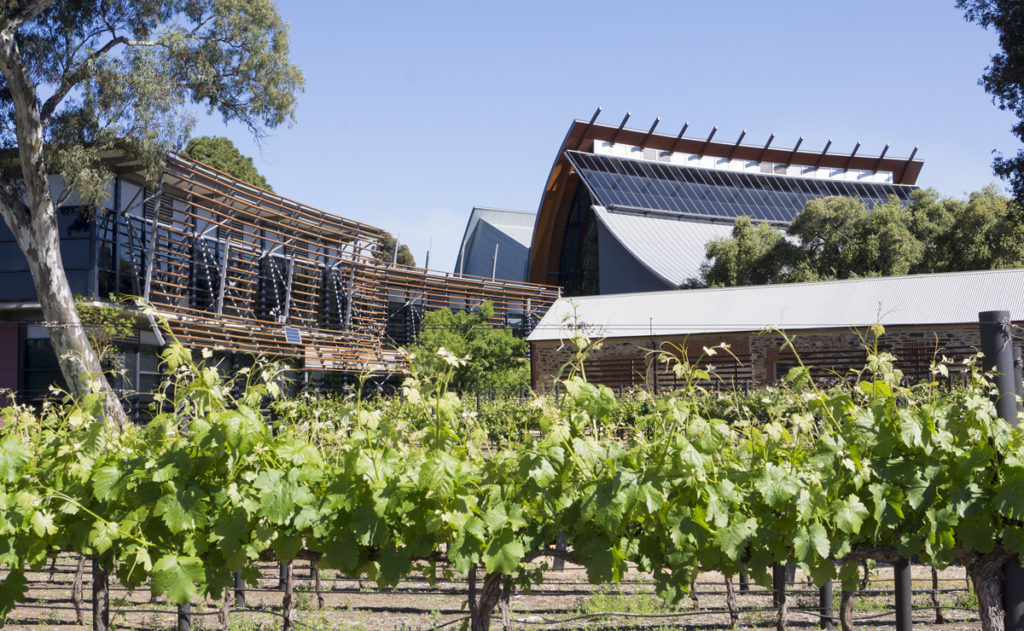
The National Wine Centre of Australia is in the southeast corner of the Adelaide Botanic Garden.
BGANZ President John Sandham said botanic gardens played a critical role in engaging communities on issues that threatened the world’s biodiversity.
“We’re so lucky that botanic gardens representatives and experts in plant science and horticulture from around Australia, New Zealand and the world will come together in Adelaide to share their expertise and lessons learnt,” he said.
“As a community we can then develop strategies to adapt and evolve to the environment and society’s ever-changing needs.”
The National Wine Centre adjoins the 27-hectare Adelaide Botanic Garden in the heart of the city. The Adelaide Botanic Garden , which also has a inner-city vineyard, welcomed 1.14 million visitors last year, making it one of the city’s best-attended attractions.
Jump to next article
